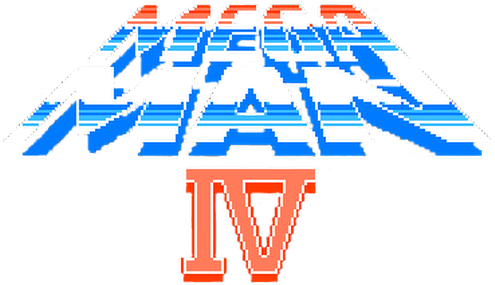Mega Man 4 - Thoughts
Mega Man 4 was released in 1992 in the United States for the Nintendo Entertainment System. With nearly a two-year gap between Mega Man 3 and Mega Man 4, the team at Capcom had time to implement several new ideas and innovations. Most notably, this entry introduced the charged Mega Buster shot, new characters such as Dr. Cossack and his daughter Kalinka…
Keep reading with a 7-day free trial
Subscribe to Nerd Central to keep reading this post and get 7 days of free access to the full post archives.


